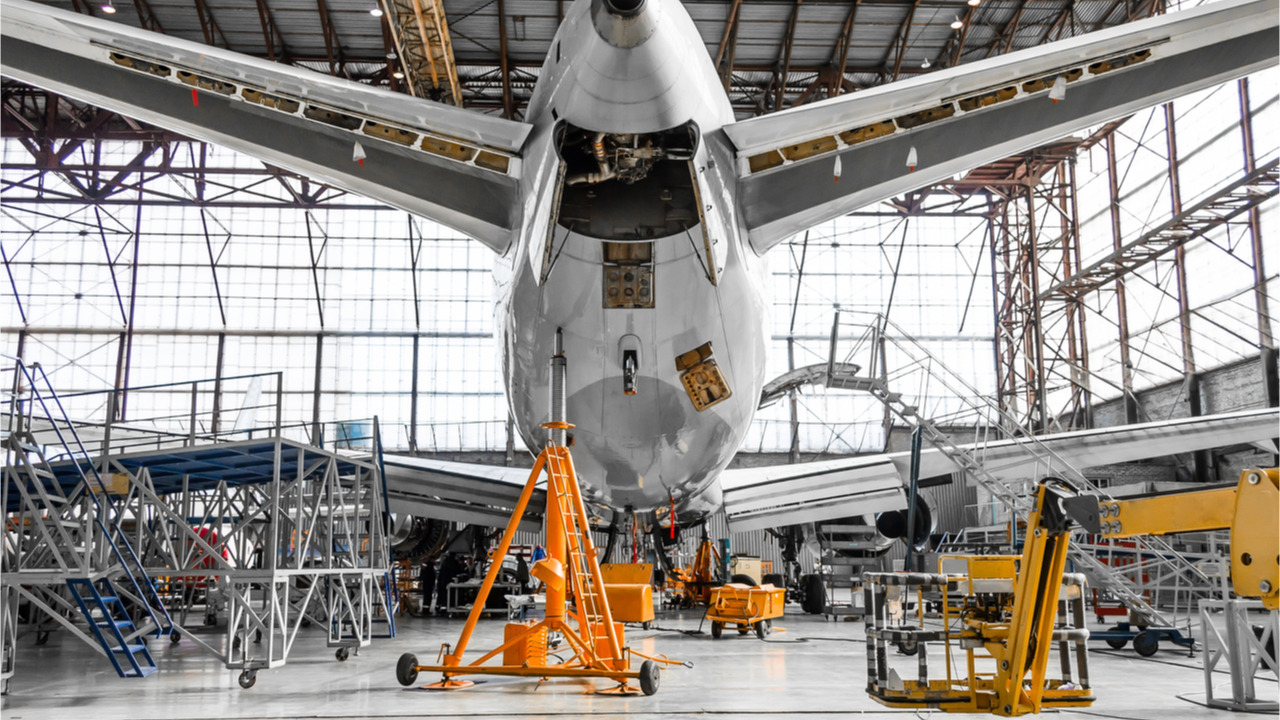Respect for the environment and the implementation of cleaner engines and fuels have occupied and concerned the aeronautical sector for decades.
Developing new fuels and airplanes with more efficient, cleaner and quieter engines is the challenge facing aviation in the near future. In fact, the European Commission proposed a strategy so that by 2050 40% of the fuel used will be low in CO2 (carbon dioxide) emissions, but without giving up the energy power of kerosene.
In the same line of respect for the environment, managing to eliminate the waste generated during the flight, which according to IATA represents a volume of around 5.7 million tons, is also among the priorities of the air transport sector. For this problem there is a possible solution. The Digestair project proposes a system that recycles all these organic surpluses into compost and clean energy inside the plane itself during the flight.
Next, we show you the different proposals that exist to improve the energy sources currently used in aviation.
Fuels of the future of aviation
At present, different investigations are under way to improve current fuels, improving energy efficiency in flights and causing the least possible environmental impact.
One of the most promising lines of research, called Cryoplane, is based on the development of hydrogen-powered engines.
Hydrogen is one of the most abundant elements on the planet, and these engines are powered with hydrogen obtained by an electrolysis process from electricity obtained from renewable sources. If the project is completed successfully, the aircraft powered by this means would produce zero greenhouse gas emissions, since the result of hydrogen combustion is water vapor.
Another of the initiatives of the European Commission based on the use of hydrogen as fuel is the Hycarus project. This other line is based on driving the aircraft using electric motors that are powered by hydrogen fuel “cells”. This is a system similar to the one already used to power current electric cars. These fuel cells use hydrogen stored in aircraft tanks and oxygen in the air to produce electricity through an oxidation reaction that releases electrons in the form of electrical current. As in the previous case, the only waste produced with this system is water.
Finally, almost sci-fi speaking, there are ion propulsion engines. This is a terrain that is beginning to be explored for the long-term future, where the energy for propulsion would be generated by electro-aerodynamic engines that would use the atmospheric air itself, ionized and accelerated by a powerful electric field, to drive the engines. aircraft.
In 2018, a group of researchers managed to fly an airplane without moving parts using this type of propulsion, which in addition to not using conventional fuel is completely silent. It should be noted that the aircraft they used did not exceed five meters wingspan with a weight of two and a half kilos. In the following video published by the scientific journal Nature, we see the results of the flight of this device, which constitutes a small big step towards the fuel of the future.
Nuevas aeronaves híbridas
Looking to the future, we find different prototypes in which we can glimpse where aviation is heading in the coming decades.
The collaboration of different companies such as Airbus, Rolls-Royce and Siemens, has led to the construction of a prototype passenger plane powered by four turbines, one of them electric. This prototype has been temporarily suspended due to the fact that one of the companies participating in it abandoned the project.
The Spanish airline Volotea and the company dedicated to the construction of aircraft Dante Aeronautical partnered in 2019 to develop a hybrid passenger aircraft suitable for covering short-haul routes.
Not only the implementation of new energy sources is behind the achievement of a more efficient and respectful aviation with the environment. Currently, the use of latest generation “smart” materials is being studied, that is, they allow modifying the shape of the aircraft while preserving shape memory. This technology incorporates bionic structures, which adapt the shape of the plane in each phase of flight – in a way similar to how a bird does with its wings – it would allow greater efficiency, lower fuel consumption, and less noise pollution.
These aircraft would be equipped with flexible wings and open rotor engines, among other advances that today seem very far away. About as far away as modern jets would have seemed to the Fathers of Aviation; The Wright brothers. So… who said impossible?
